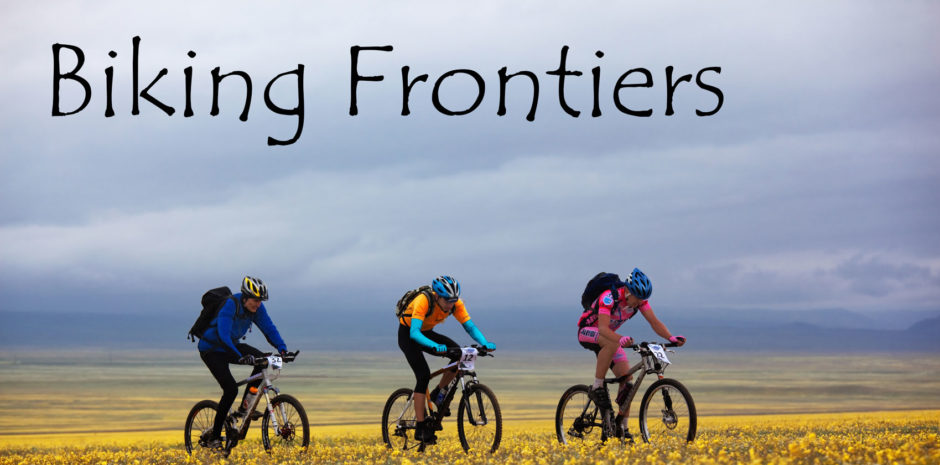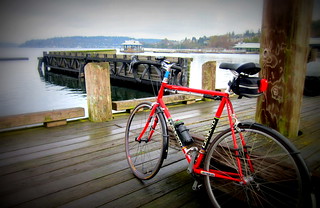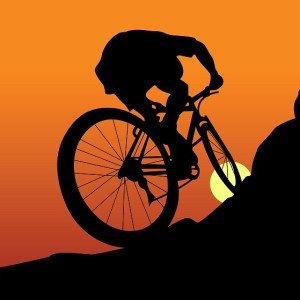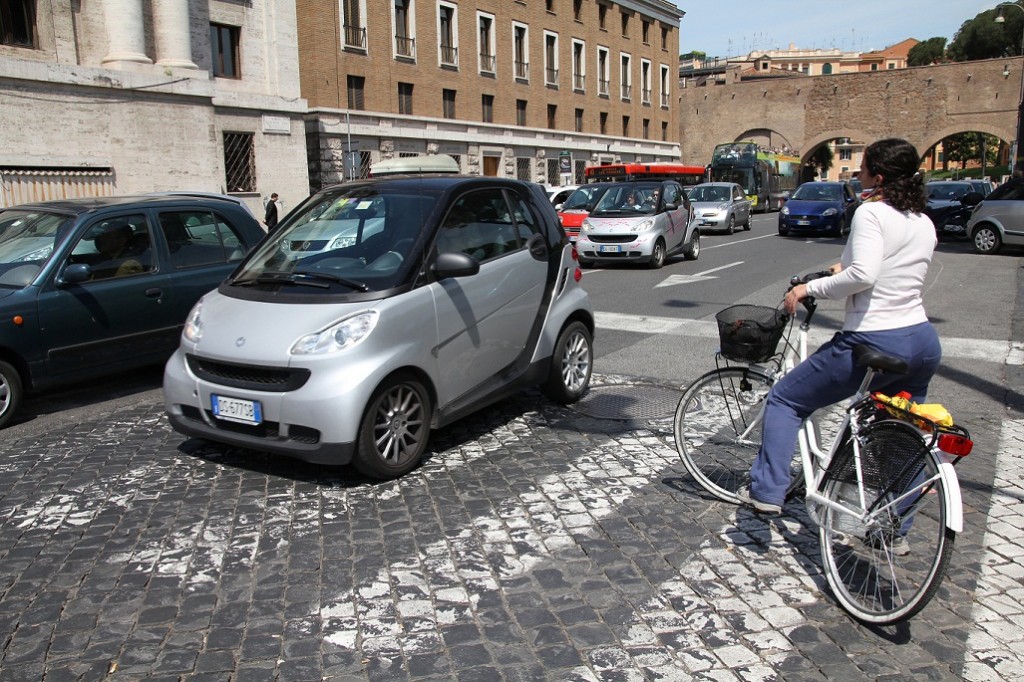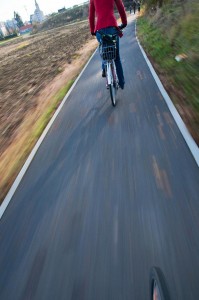Riding your bike can be the most enjoyable activity, and keeping it enjoyable means you have to learn looking back techniques to incorporate into your ride. The most adventurous rider will learn looking back techniques early, as it really will ensure safety and a secure ride. Without good quick looking back techniques, your bike ride will be somewhat limited, as it will only be a matter of time before biking to work or school, or to your fun weekend rest spot, becomes a dangerous adventure.
Learn Looking Back Techniques on Your Own Terms
Why it is important to learn looking back techniques is because you are a moving and fast cyclist, and you are not alone on the road. Anytime you are with traffic, and chances are you are riding with traffic most of the time, you need to have your eyes on all areas of traffic, pedestrians and your road in front and to the back. Think about it this way, if you can locate a fast moving driver coming toward you, you can react better with looking back techniques in ways that most bikers use on a daily basis. The best cyclist is always ahead of most traffic, envisioning an open door ahead, a wayward pedestrian stepping out into the road with a mobile phone, or a lost running dog. However, when you need to maneuver around these obstacles ahead, you need to envision your back a well, as changing a lane, will require full visibility.
Looking Back Techniques Begin in Safety
Begin with a soft but trimmed grassy area, and try to ride in a straight line, with your weight on the pedals, moving slowly, and envision where you want to be ahead. Use a traffic situation in your mind, that you run into often, and think about an obstacle that you may run into ahead, and how you would avoid it. You can injure yourself and others, without a quick turn of the head, so think about how you can clear your move into the left or the right. Then, envision in this pretend safe area, a moving obstacle coming at you, say another biker, and you are in traffic. Then, quickly turn only your head, to see if the next lane is clear. Do this with all weight on the pedals, and again with all weight on the seat, in fast motion. Continue to play this out, until you feel that you can get a good view with looking back techniques either on your right or your left. If you can’t do it without wobbling your front tire, keep practicing. Then, move your practice to a parking lot, and envision you look back, and find it is not open, and then envision a quick slow down, and how you would bounce out of this potential crash. The practice by yourself will make you look like a crazy person to your neighbors, but what do you mind? The most adventureous hobby of biking needs some open minded thinking, and practicing your safety looking back techniques is only one more open minded way to stay on your bike.
Looking back techniques are Important for Trailers and Campers
Many bikers and cyclists are looking for ways to visit their favorite fun spots, and use the tents and maybe even a camper trailer. The most adventurous bikers and cyclists use their looking back techniques, and everyone has a good way to use a quick head turn, to a safe advantage. The best way to pull a single camper, is to have a friend ride behind you, and ensure you are pulling your trailer safely. It is really nice to have a quick look at your trailer, and ensure that your tent and cooler are all set and snug. As well, many bikers now are pulling a little one in a sitting trailer, with another biker to watch the caravan move along. Many people have their pets in these same sitting trailers, and find these less than safe, as pets and kids can be quick to decide they want out! Ensure you have looking back techniques safely in hand before you move into a trailer on your bike. Here is a great article on campers for you to consider!
You Can Pull the World’s Smallest Pop-Up Camper With Your Bike
If you’re heading out on a long distance biking adventure, you’ll need to bring a place to sleep. But why squeeze into an awkward one-person tent when you can haul your own miniature pop-up camper?
Kamp-Rite’s Midget Bushtrekka not only transforms into a luxurious tent and cot that keeps you off the ground when sleeping, but it also has over 41 gallons of storage space so you don’t need to load your bike up with saddle bags. Its four wheels all operate independently so it can handle most bumpy terrain, but you’re probably going to want to avoid extreme mountain trails with this in tow.
Before you pack it with food and clothes the Midget Bushtrekka weighs in at around 56 pounds. So if you’re smart, you’ll ride with someone else and convince them to do the towing duties. But with a price tag of $900, it might be even smarter to just save that cash for crashing in cheap motels along the way. [Kamp-Rite via The Red Ferret Journal]…More at You Can Pull the World’s Smallest Pop-Up Camper With Your Bike [Camping]
